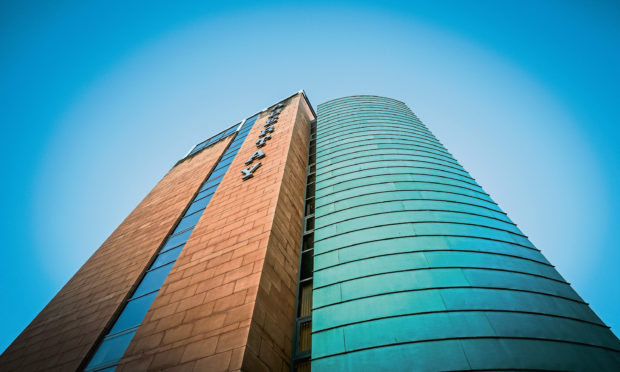Abertay University has the highest rise in the rate of students dropping out in the UK over the last five years.
Two-thirds of universities and colleges have seen an increase in the proportion of students dropping out in the period, official figures show.
A PA news agency analysis shows in some cases non-continuation rates have risen by more than five percentage points.
The figures come at a time when universities are under greater scrutiny and pressure to be more transparent about areas such as drop-out rates and graduate outcomes.
Abertay had the largest increase, with an 8.6 percentage point rise over this five-year period, from 3.5% in 2011-12 to 12.1% in 2016-17.
A spokesman for the university said the institution “recognises that there is a need to improve student retention” and is introducing measures to do so, including recruiting additional student advisers and using data analysis to pinpoint early warning signs that a student may be experiencing difficulties and need support.
He added Abertay has one of the highest proportions of disadvantaged students in Scotland, and that more than a third of students arrive at the university from college into the second or third year. He said: “This means the life experiences of our students are often very different from those elsewhere.”
One expert said students can feel demoralised if university does not work out for them, but that leaving early does not mean they shouldn’t have gone at all.
PA examined data on the five-year period from 2011-12 – the year before tuition fees in England were trebled to £9,000 – to 2016-17 (the last year for which data is available). It reveals 100 UK institutions (67%) saw an increase in the proportion of students dropping out.
At just under a third (31%), some 46 institutions, non-continuation rates fell during this period, while at four universities and colleges the proportion remained static.
In England, Bedfordshire University had the biggest increase in non-continuation rates, at 6.9 percentage points, going from 8.3% in 2011-12 to 15.2% in 2016-17.
A total of seven institutions had an increase of more than five percentage points in the five-year period, while 19 had an increase of more than three percentage points.
The analysis uses annual data published by the Higher Education Statistics Agency for 150 universities and colleges, and covers UK, full-time undergraduate students who were no longer in higher education the year after they started their course.
A spokesman for vice-chancellors’ group Universities UK said: “Universities are committed to widening access to higher education and ensuring students from all backgrounds can succeed and progress.”
He added: “However, it is clear that non-continuation is still an issue and institutions must continue to work to support students to progress and succeed at university.”





